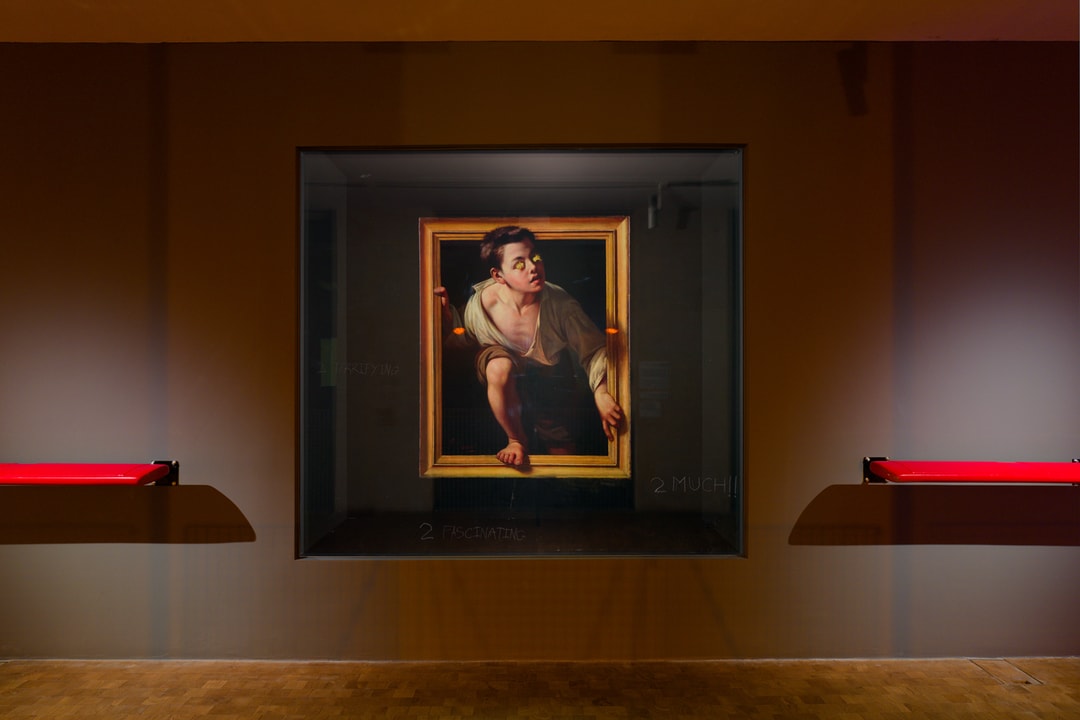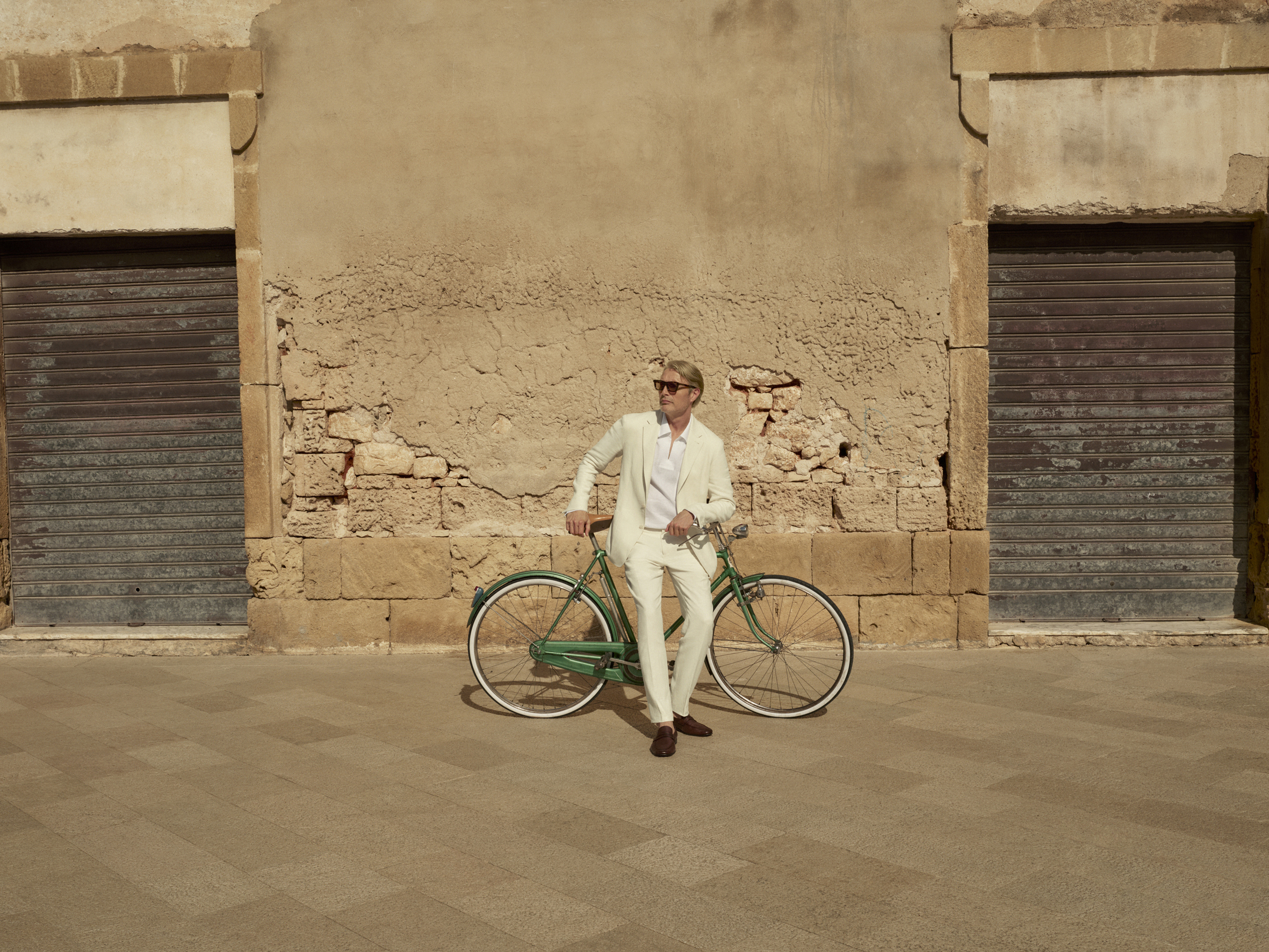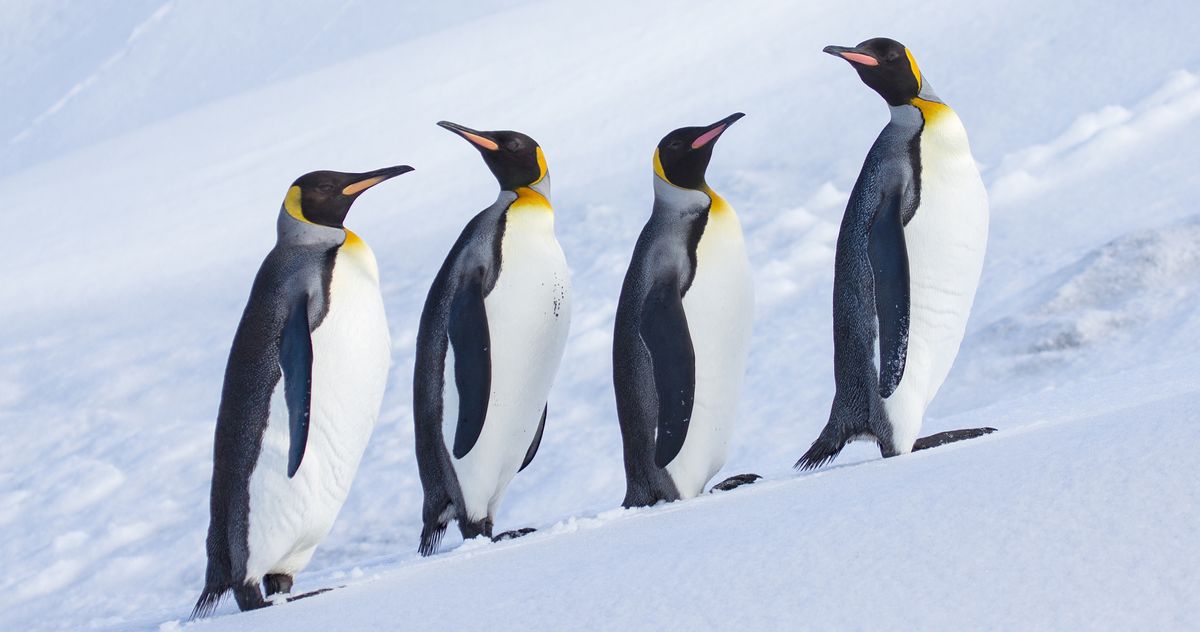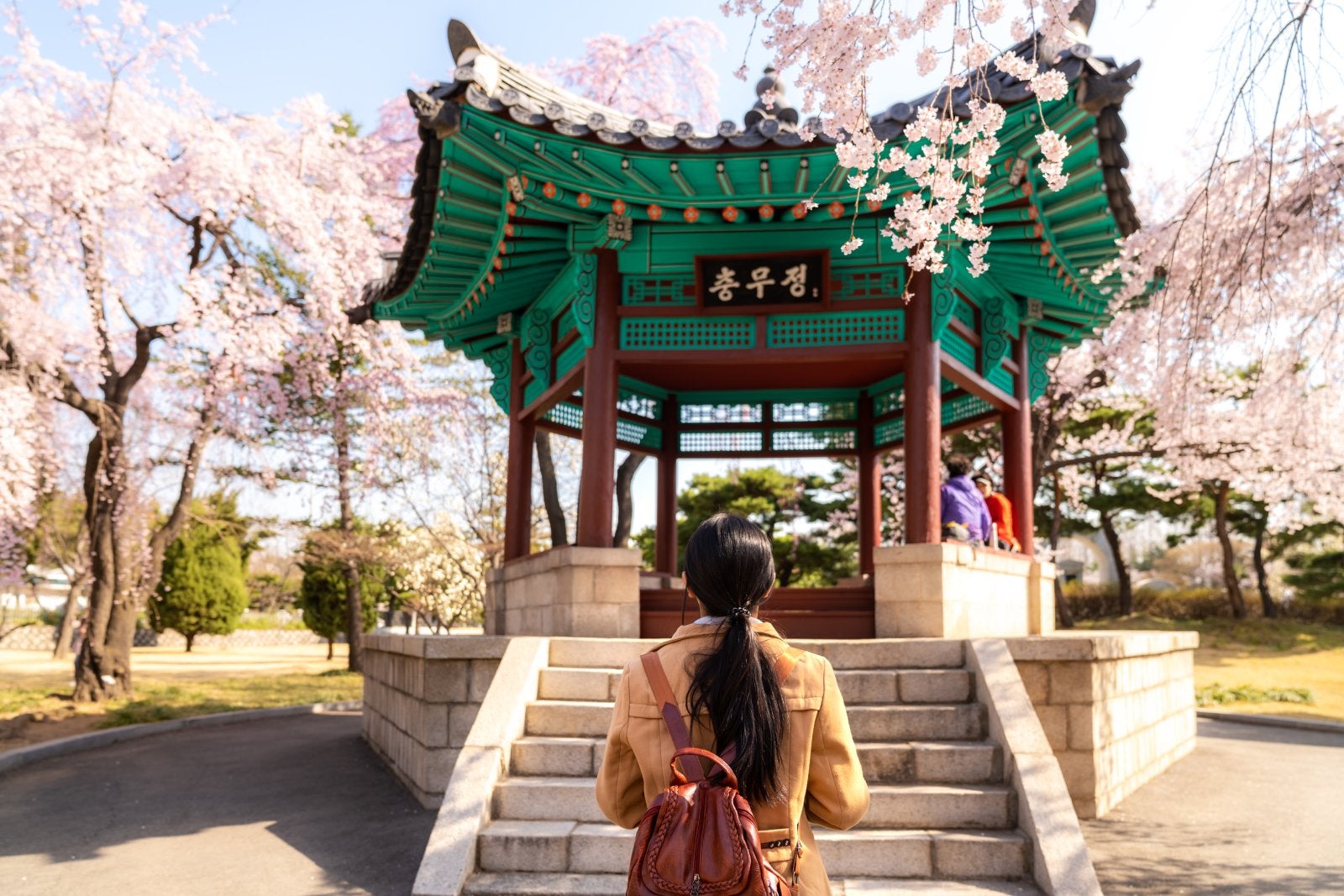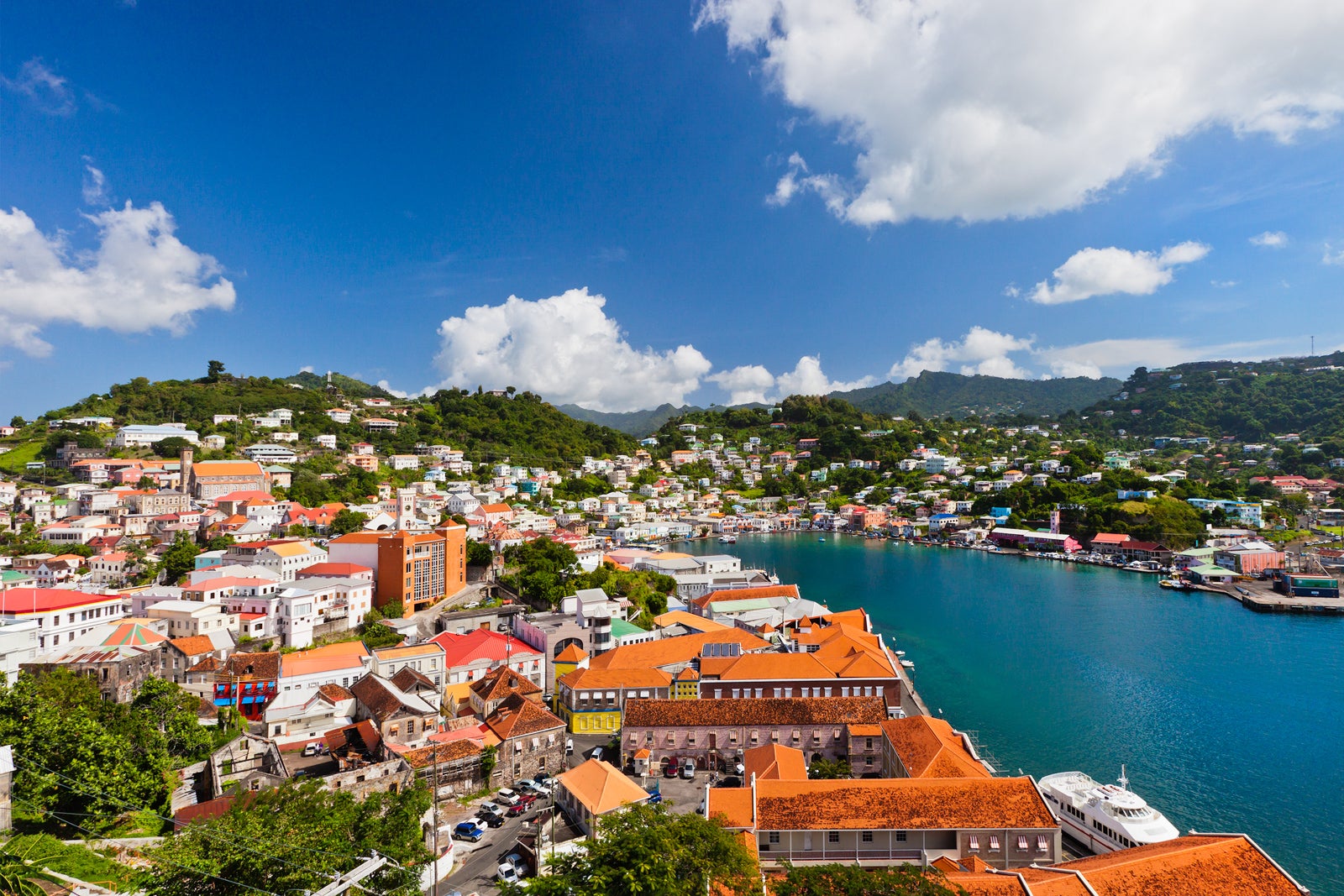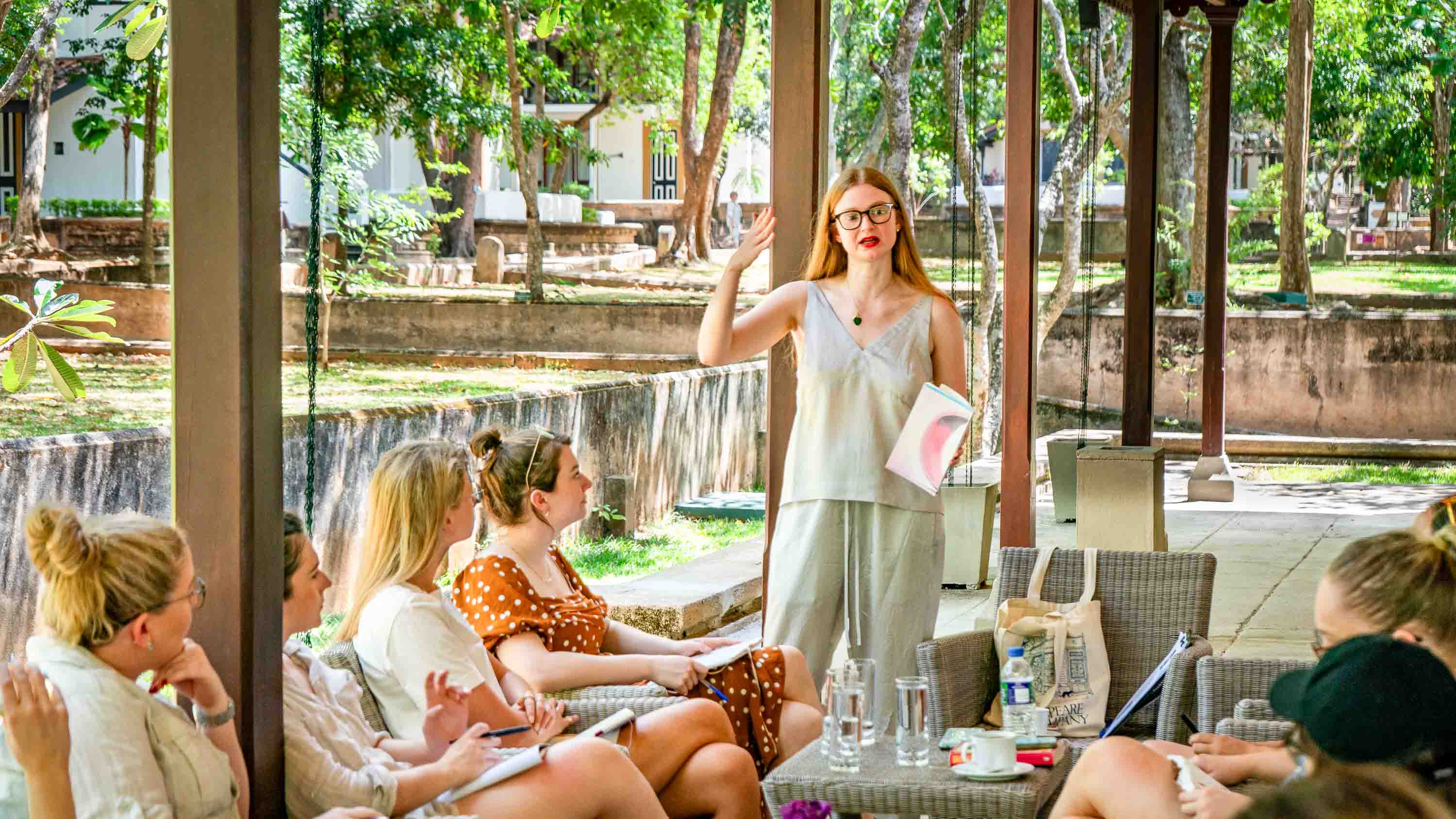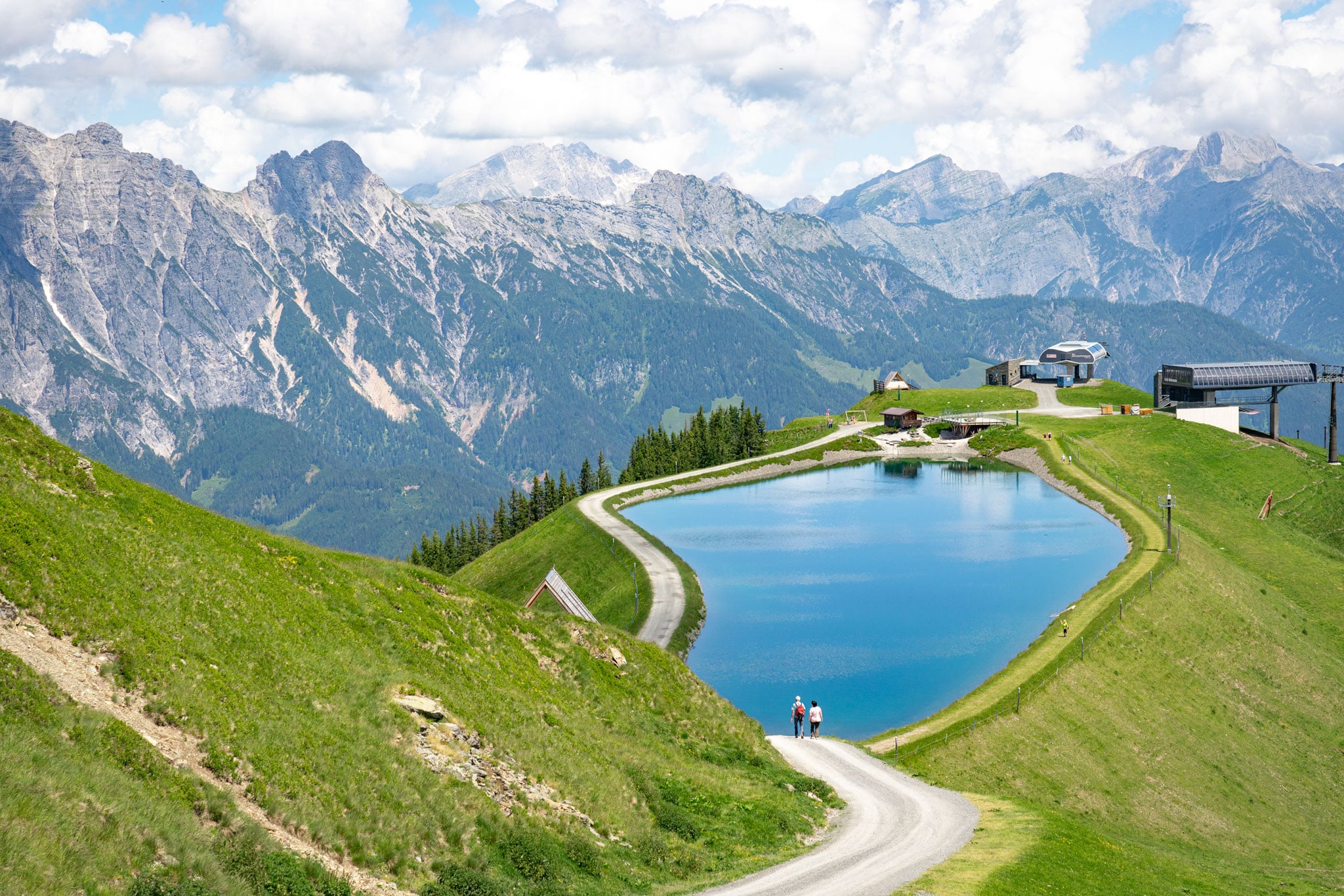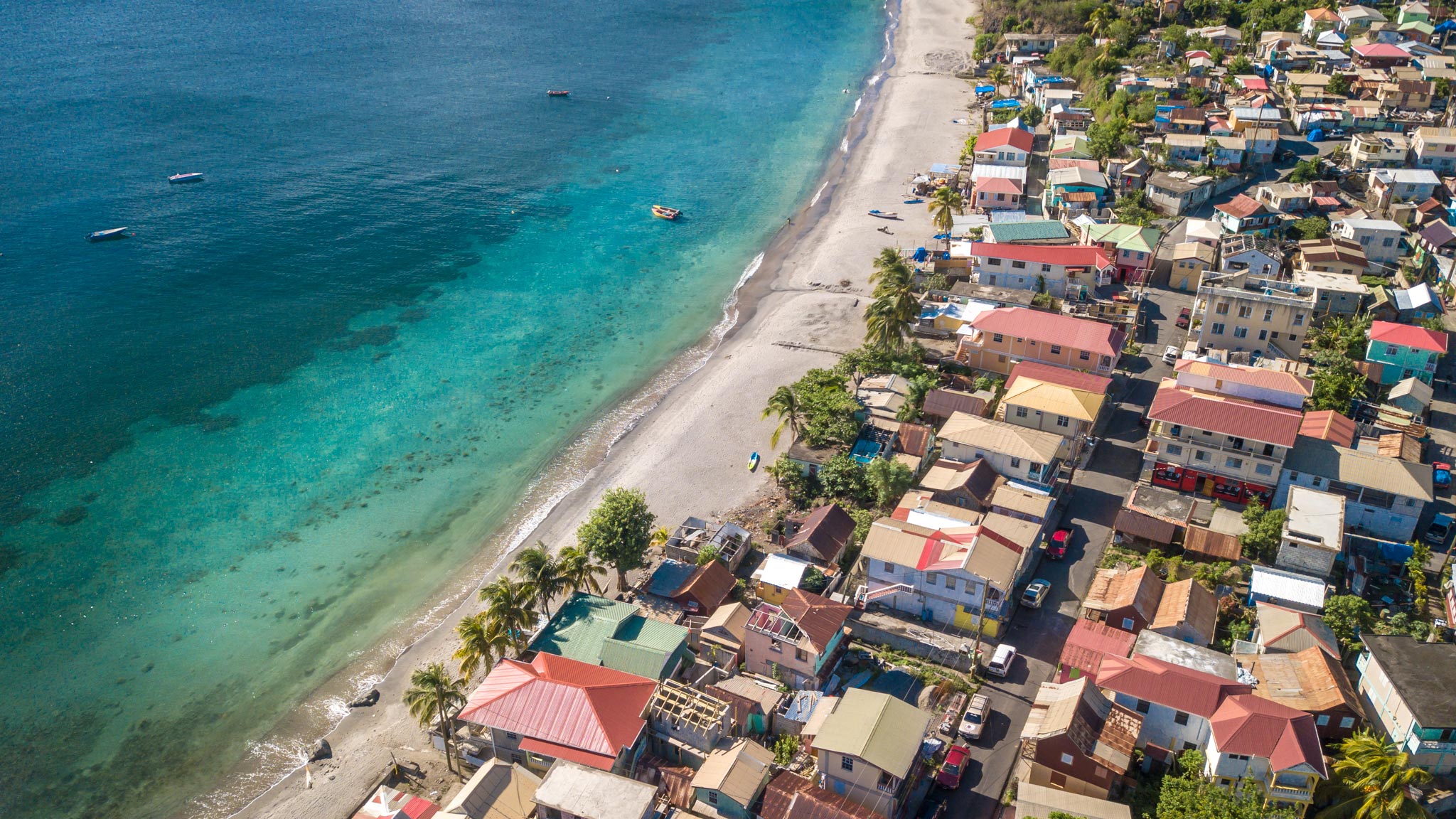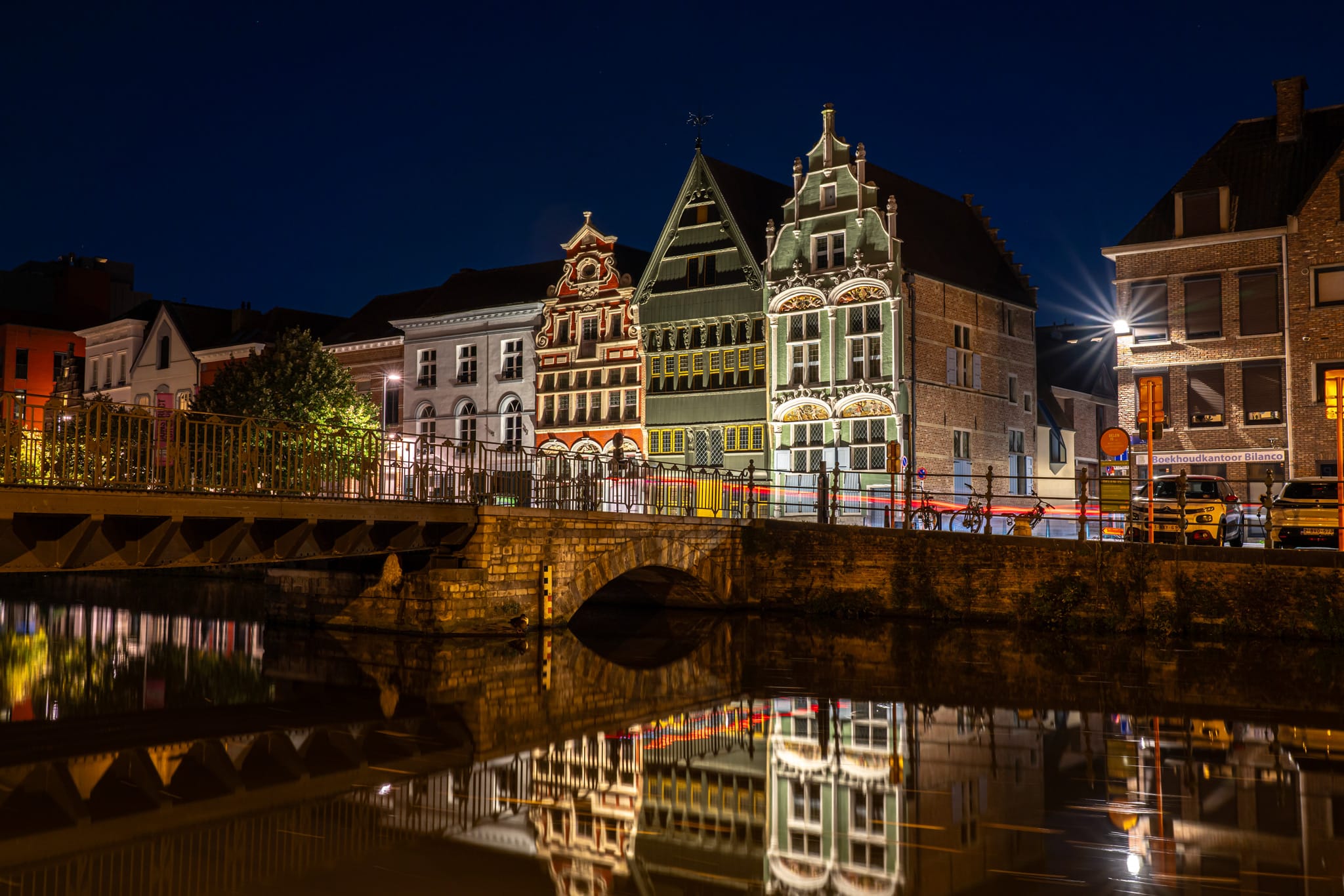Top Italy getaways: our writers pick their favorite spots
Local travel writers share their favorite lesser-known places to visit in Italy.

There is no doubting the charm of Italy .
When Italians are in need of a holiday, they usually head to the mountains or sun-kissed coasts to cool down. Here, six Lonely Planet writers reveal the Italian destinations where they escape in summer to enjoy simple pleasures like swimming, hiking, good food and cultural sites without the crowds.
1. Campi Flegrei
Virginia DiGaetano is a Lonely Planet writer living in Rome, where she devises excuses to return to Naples without making it look too obvious.
Why Campi Flegrei
This cluster of towns west of Naples is truly magical. I was lucky enough to spend a lot of time here researching the upcoming Naples, Pompeii & the Amalfi Coast guide, and I loved it so much that I spent my summer there!
Locals are so proud of Campi Flegrei and they’ll go out of their way to make you feel welcome. There’s a real sense of community and family; it feels like coming home.
Campi Flegrei is famous for the unique seismic phenomenon called bradyseism, a constant flow of magma underneath the surface that moves the ground like waves. I’ve felt many tremors there but each town is prepared and every local is an expert, so I know I’m in good hands.
Must-do activity
Everyone needs to visit the Baia Sommersa to see perfectly preserved Roman villas in the world’s only underwater archaeological park. You can book a trip with Centro Sub Campi Flegrei and either go snorkeling or scuba diving, depending on how close you want to get. Once you finish, head over to the Castello Aragonese di Baia, now an archaeological museum full of treasures pulled out of the sea.
Where to stay
I fell in love with the small yet lively town of Bacoli. Cala Moresca has rooms and suites looking out over the Bay of Naples, Ischia and Procida. For a quick break, head to Hotel Villa Avellino in Pozzuoli, steps from the train station and overlooking charming Rione Terra.
Where to eat
In Bacoli, the brilliant family-run Sciardac has the best sandwiches, cheeses, and conversation. For a sit down meal, Garibaldi is epic (make sure to get the signature Linguini alla Garibaldi!). Pozzuoli is also home to Mar Limone, one of my favorite casual restaurants with incredible food and great local beer and wine. 
2. Genoa
Kevin Raub is an American Lonely Planet guidebook author living in Bologna.
Why Genova?
Authenticity. Italy’s overtouristed locales are nearly intolerable in terms of maintaining authenticity, but this former maritime republic is an unheralded underdog. The historic port's medieval center is a rich tapestry of dense streets and caruggi – narrow medieval Ligurian alleyways – awash in port life, excellent gastronomy, centuries-old merchants, sex workers, transients and artisans. It’s a real-deal Italian city that knows nothing of catering to moneyed tourists.
Must-do activity
Hunt down the world’s greatest pesto, which is nothing like what you get at home or in a supermarket. Eating your way through the city’s storied trattorias in search of your favorite is pure, unrivaled culinary joy.
I also simply love getting lost in the historic center, where domineering buildings instill a sense of claustrophobia, often blocking the light from above. The resulting darkness only adds to the city’s enigmatic appeal.
Where to stay
I’m a big fan of Hotel Nuvole, a meticulously restored residenza d'epoca (residences that have existed for at least 100 years), and its sister property, Palazzo Grillo, both in the heart of the old town. The latter features an incredible lobby staircase blanketed in grotesque-style frescoes by Bergamasco that feel like sleeping in a museum.
Where to eat
I love the harder-to-find preparation mandilli de Saea (thin, layered sheets of pasta piled over one another and slathered in pesto) often on special at La Cantina Clandestina. For Genova’s celebrated focaccia, seek out Antico Forno della Casana, tucked away in a narrow alleyway (try the Recco cheese version!).
3. Gaeta
Federica Bocco is a journalist, travel writer, and Lonely Planet guidebook author based in Italy.
Why Gaeta?
I have the privilege to live in Rome, but there are many things I miss from Naples, the place I was raised, including the sea and the people’s warmth. Somehow, I found both halfway through my two cities, in the beach town of Gaeta.
While administratively part of Latium, Gaeta exhudes unmistaken Campania energy. The sea is splendid, the seafood delicious, and locals here speak Neapolitan (and support the Napoli soccer team). It’s almost like being home.
Must-do activity
My safe option for a low-stakes time in Gaeta is to spend a day on the beach – I usually relax the moment my toes touch the warm sand of the scenic Serapo shore. Looming over the beach is Gaeta’s iconic landmark, Montagna Spaccata, perfect for a short hike. (According to legend, the rock split when Jesus died.) A steep path through narrow staircases will bring you to a small church and sea-facing balcony incastonated in the rock. The view always takes my breah away.
Where to stay
I recommend staying in Gaeta Vecchia, the medieval part of town, edged between the sea and the Castello Angioino fort that dominates the scene from the hill. From the four-star Hotel Gajeta you can stroll along the seafront on Lungomare Giovanni Caboto and enjoy beautiful sunsets on the sea.
Where to eat
The place I always want to have my first meal in Gaeta is comeilmare for uber fresh fish that still tastes like the sea. Casual vibe, open-air and partly under a canopy, it has the quality of a fine dining restaurant but feels like fast food, as you order at the counter and get called when your dishes are ready. In addition to the many crudité and pasta options, try their signature Votapiatto (battered and fried squid).
4. Garfagnana, Tuscany
Angelo Zinna is a Lonely Planet guidebook author from Florence, Tuscany.
Why Garfagnana?
Known for its vineyard-covered rolling hills, Renaissance treasures and medieval hamlets, Tuscany attracts millions each year. Still, few visitors seem to be aware that in addition to art, wine and photogenic countryside vistas, the region features a chain of rugged peaks where great hiking opportunities await.
The area known as Garfagnana, in northern Tuscany, is home to the Parco Regionale delle Alpi Apuane, a marble-rich nature reserve crisscrossed by steep, remote trails that locals love to tackle on weekends.
Must-do activity
Climbing up Monte Tambura (1891m or 6204ft) – along the historic Via Vandelli route that once connected the cities of Modena and Massa – requires some stamina, but at the summit you’ll be rewarded by spectacular views of both the Mediterranean coast and the Apennines, which divide Tuscany from Emilia-Romagna.
Where to stay
At the many farm stays surrounding Castelnuovo di Garfagnana, you can taste chestnut- and mushroom-based local specialties. You can also stay in one of the rifugi (mountain huts) within the park’s borders for a full immersion in the wilderness.
Where to eat
If you do get up Monte Tambura, be sure to stop for lunch at the sun-kissed Rifugio Nello Conti (1442m or 4730ft), run by the outdoor aficionados of the Italian Alpine Club.
5. Valsesia, Piedmont
Benedetta Geddo is a writer from Turin, Piedmont.
Why Valsesia?
One of my favorite regions for a mountain vacation in Italy is Valsesia, located in the northernmost part of the province of Vercelli in Piedmont. It follows the course of the Sesia River and is under the shadow of the Monte Rosa, the second-highest peak of the Alps, which means you’re surrounded by stunning views wherever you look.
Must-do activity
Whether you come for an outdoorsy summer holiday with hiking, biking and water sports, or a snow-filled winter getaway at one of the stations of the Monterosa ski area in winter, Valsesia offers a gentle, relaxing pace.
The charming town of Varallo has many amenities including restaurants, bars, a riverside beach, an art gallery and Sacro Monte di Varallo, a medieval monastery complex and UNESCO World Heritage Site.
Where to stay
For something even more laid-back, stop in the smaller village of Alagna Valsesia’s hamlet of Pedemonte, famous for its vineyards, and consider a stay in a typical Valsesian building such as at Albergo Montagna di Luce.
Where to eat
If staying in Varallo, check out the quiet Al Vicolo del Gallo hotel. Enjoy local cuisine at restaurants like Piane Belle and unwind with a drink and a view in Alagna Valsesia’s bars. Two of my favorites include Il Baretto and La Miacceria.
6. Northeast Sicily
Sara Mostaccio is a translator and writer from Riposto, Sicily, who contributed to the Lonely Planet Sicily guide.
Why Northeast Sicily?
Northeast Sicily offers an excellent range of mountains, medieval villages and gorgeous beaches all within easy driving distance. This less-touristed corner of Sicily is centered around the Nebrodi Mountains.
Must-do activity
During the summer, I love hiking in Sicily’s Bosco di Malabotta, a beautiful natural area with a lot of charm. I usually base myself in Montalbano Elicona, a delightful medieval village overlooked by a Swabian-Aragonese castle. I love wandering the village’s narrow streets, discovering little churches and baroque doorways along the way.
For beach days, drive 30 minutes north to Tindari on the Tyrrhenian coast. Here you'll find the stunning Marinello lakes and beach reserve, with crystal-clear waters perfect for swimming. From the Santuario della Madonna del Tindari, perched high on a rock, you can enjoy a spectacular view of the lakes. Nearby, you can explore the well-preserved ruins of ancient Tindari with its impressive Greek theater, which stands out as a reminder of the island’s rich history.
Where to stay
In Montalbano Elicona, La Casetta nel Borno is a cozy guesthouse within the medieval center with countryside views. It's centrally located, close to the castle and main square.
Where to eat
One of my favorite places to eat in Montalbano Elicona is Il Ritrovo dei Re, a homely restaurant where I often indulge in baked pasta ’ncasciata.



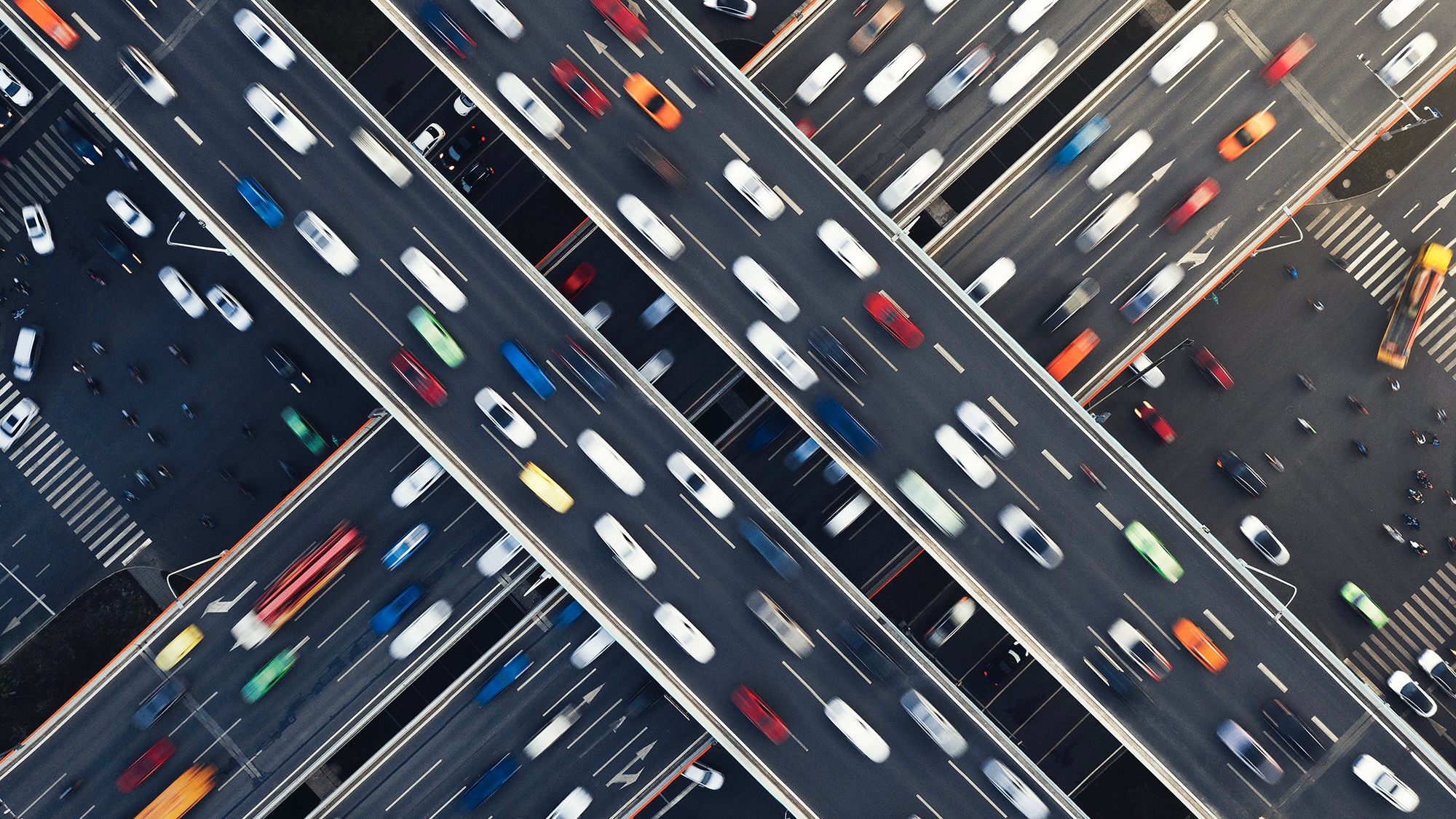













































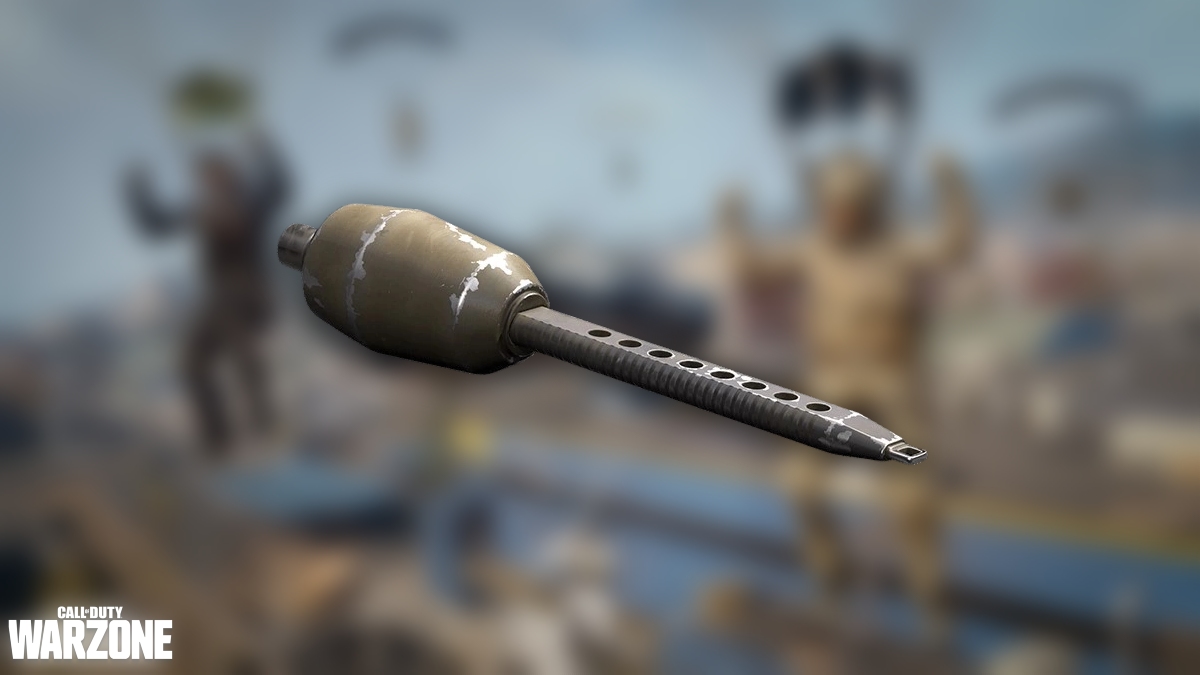
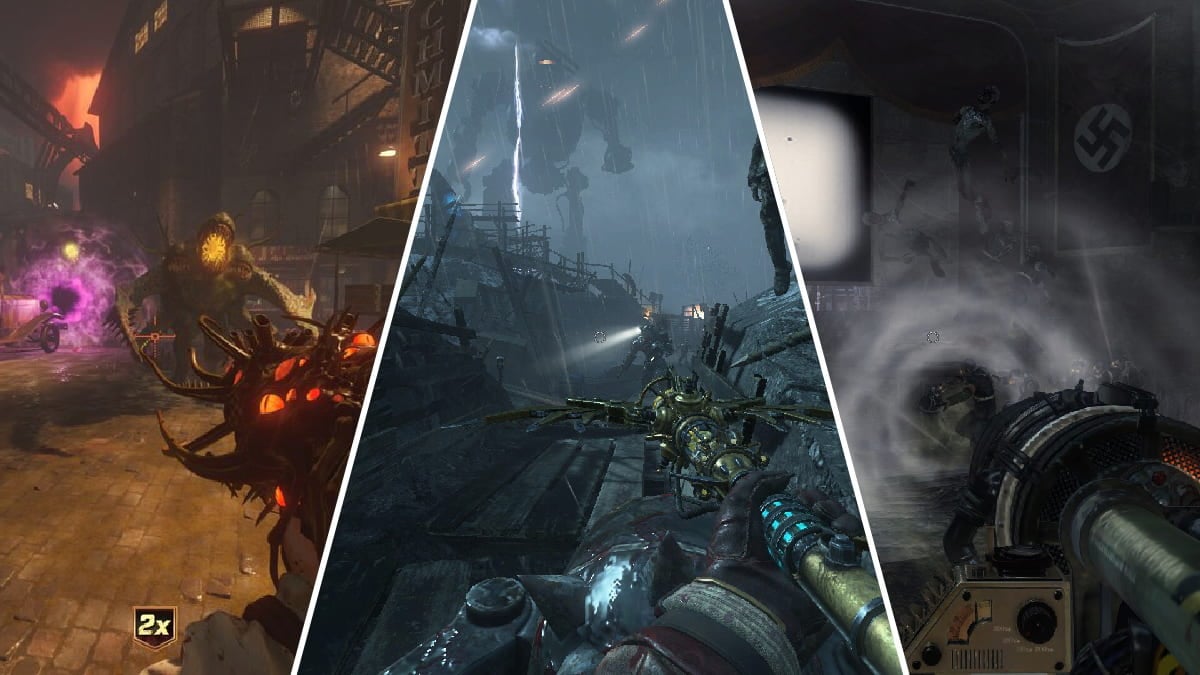
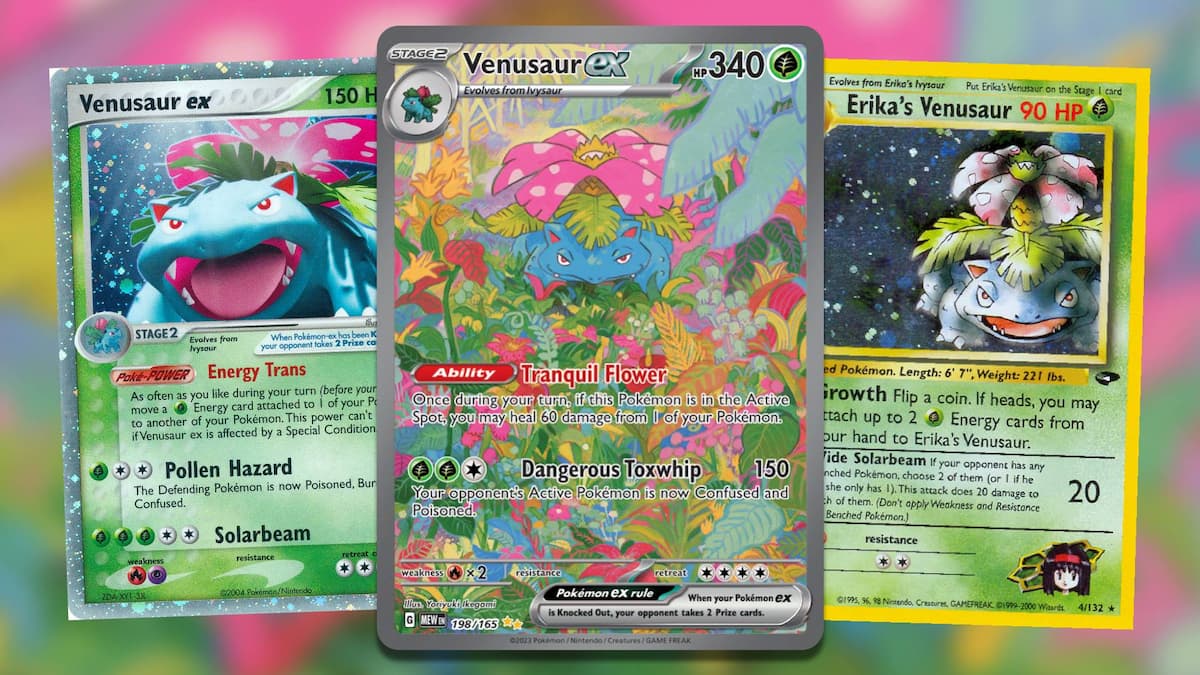

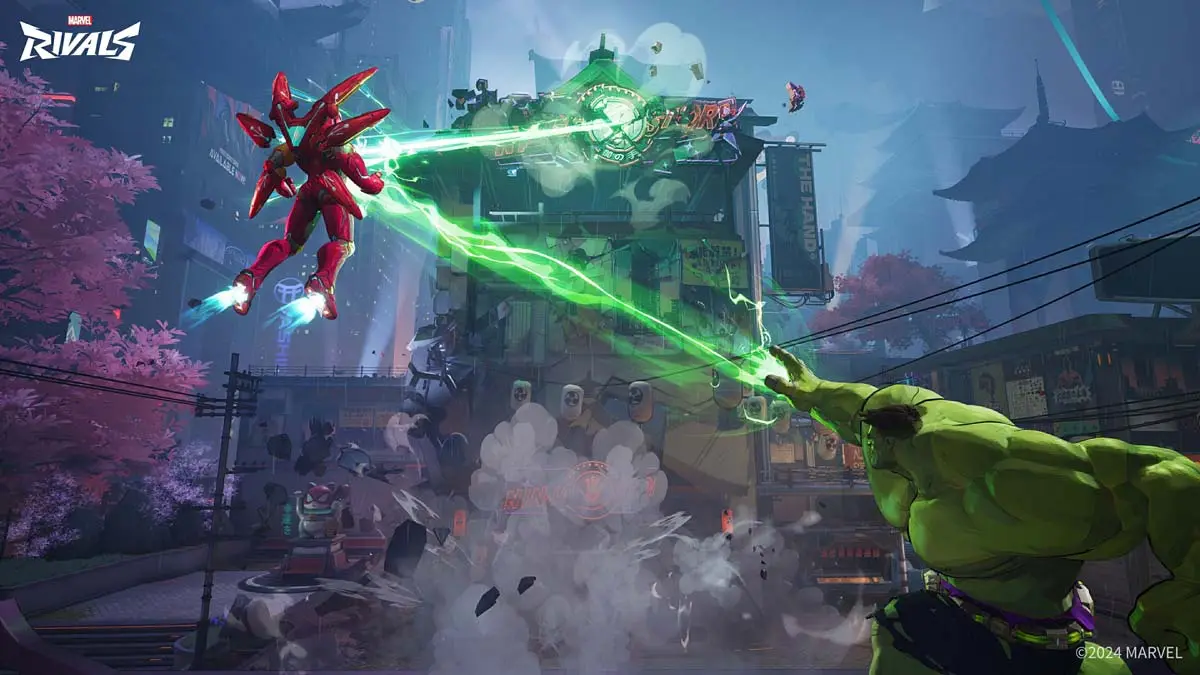

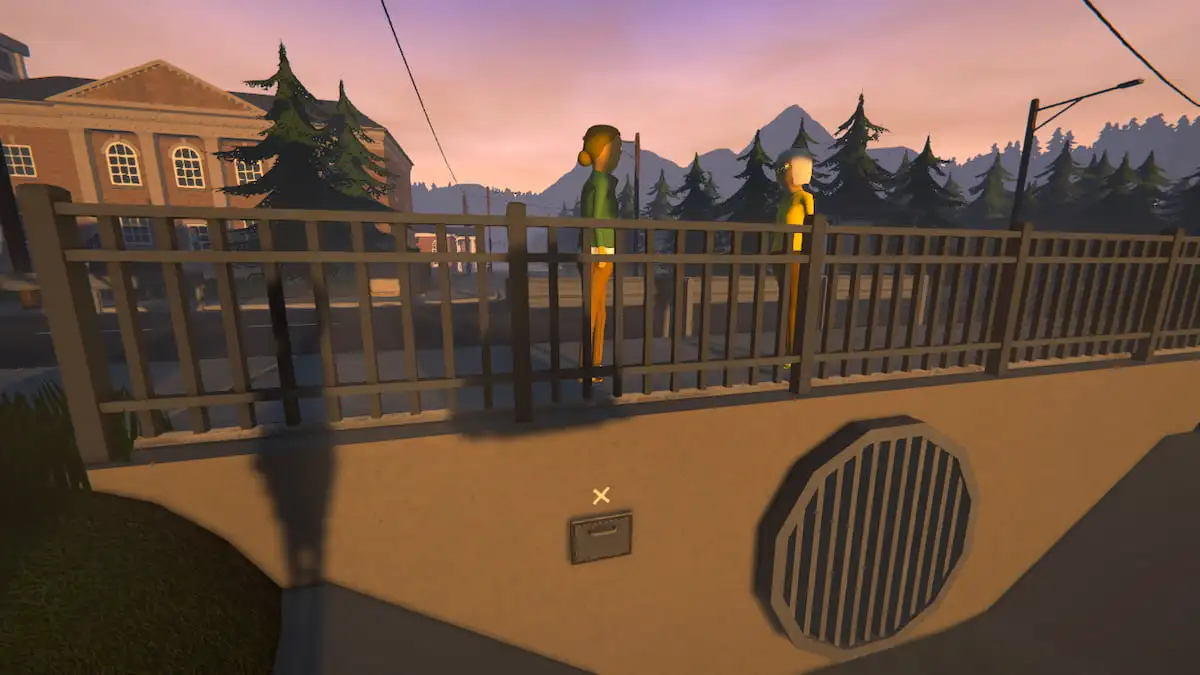


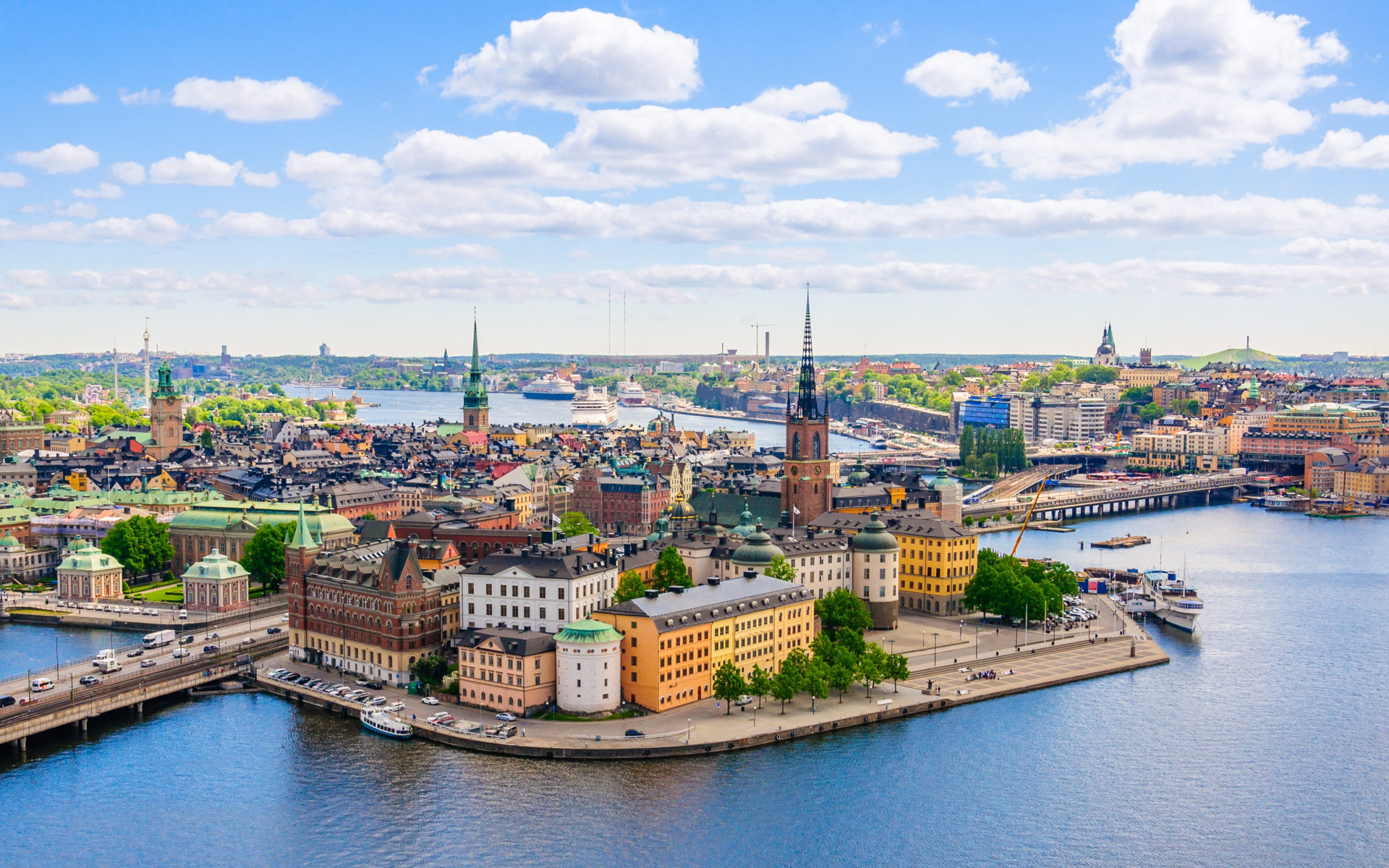






































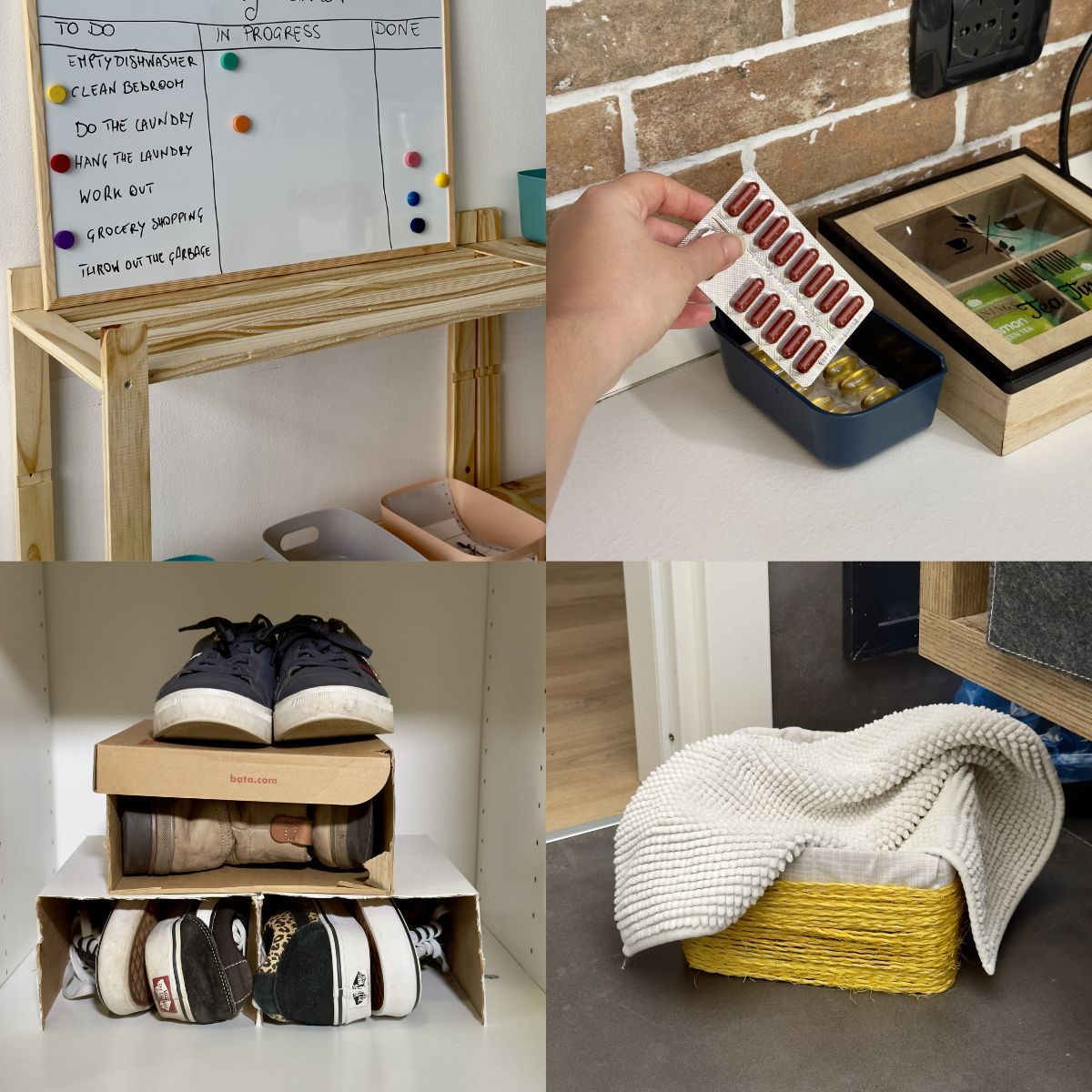
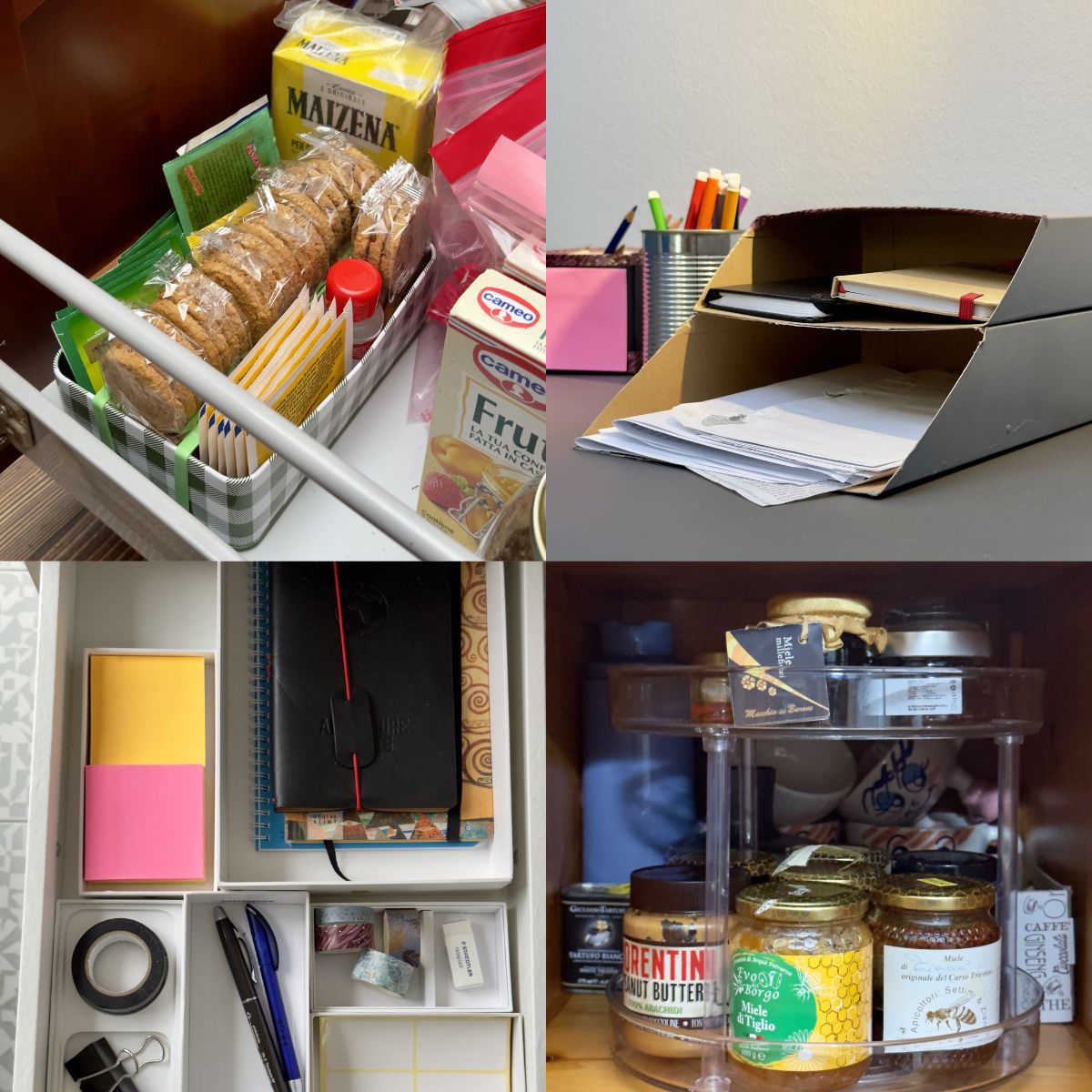






















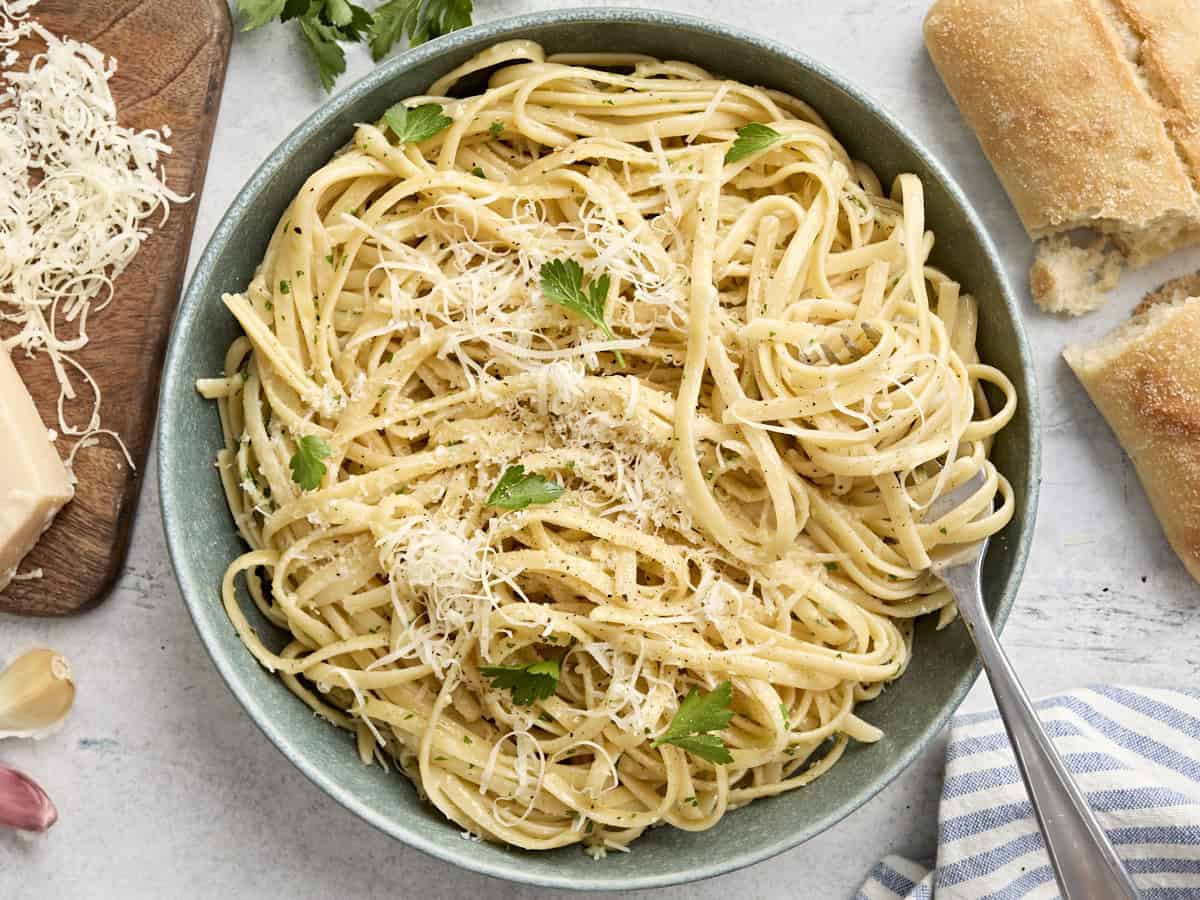















































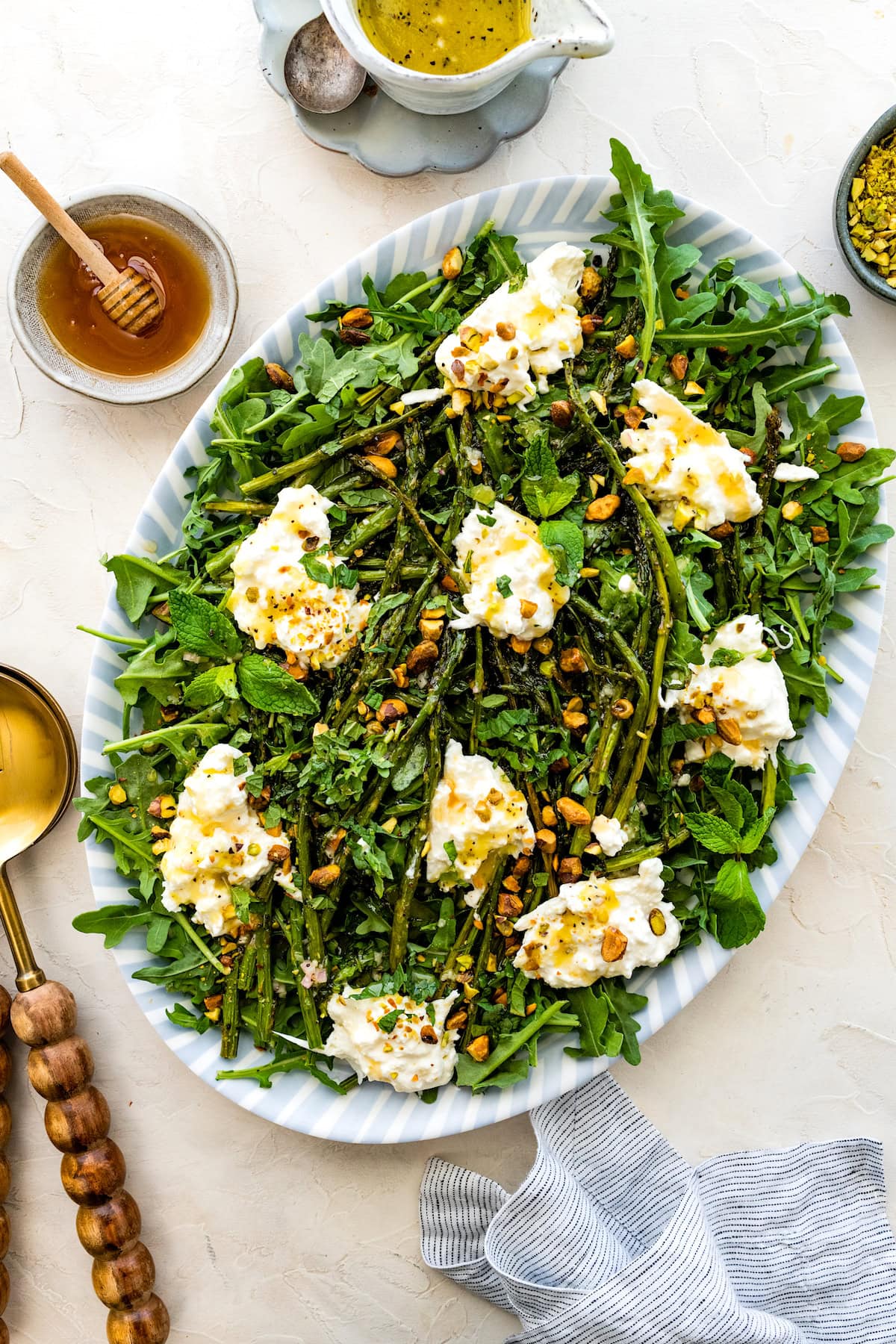





.jpg)











